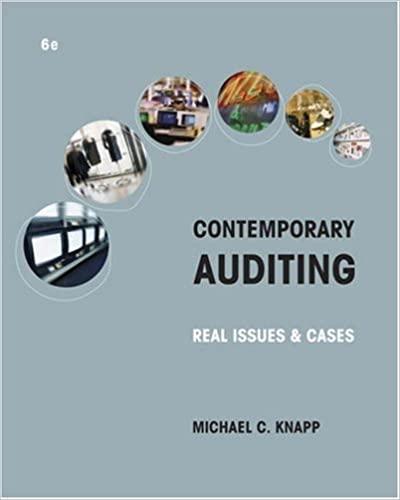





Sweeten Company had no jobs in progress at the beginning of March and no beginning inventories. The company has two manufacturing departments-Molding and Fabrication. It started, completed, and sold only two jobs during March-Job P and Job Q. The following additional information is available for the company as a whole and for Jobs P and Q (all data and questions relate to the month of March) Estimated total machine-hours used Estimated total fixed manufacturing overhead Estimated variable manufacturing overhead per machine-hour Molding Fabrication Total 4,000 $10,750 $15,450 $26,200 2,500 1,500 $ 1.70 2.50 Job P Job Q Direct materials Direct labor cost Actual machine-hours used: Molding Fabrication Total $16,000 $9,500 $23,400 $8,700 2,000 900 2,900 1,100 1,200 2,300 Sweeten Company had no underapplied or overapplied manufacturing overhead costs during the month Required: For questions 1-8, assume that Sweeten Company uses a plantwide predetermined overhead rate with machine-hours as the allocation base. For questions 9-15, assume that the company uses departmental predetermined overhead rates with machine-hours as the allocation base in both departments 13. If Job Q included 30 units, what was its unit product cost? (Do not round intermediate calculations. Round your final answer to nearest whole dollar.) Unit product cost 14. Assume that Sweeten Company used cost-plus pricing (and a markup percentage of 80% of total manufacturing cost) to establish selling prices for all of its jobs. What selling price would the company have established for Jobs P and Q? What are the selling prices for both jobs when stated on a per unit basis assuming 20 units were produced for Job P and 30 units were produced for Job Q? (Do not round intermediate calculations. Round your final answer to nearest whole dollar.) Job P Job Q Total price for the jolb Selling price per unit 15. What was Sweeten Company's cost of goods sold for March? (Do not round i ntermediate calculations.) Cost of goods sold Espresso Express operates a number of espresso coffee stands in busy suburban malls. The fixed weekly expense of a coffee stand is $1,600 and the variable cost per cup of coffee served is $0.31. Required: 1. Fill in the following table with your estimates of the company's total cost and average cost per cup of coffee at the indicated levels of activity. 2. Does the average cost per cup of coffee served increase, decrease, or remain the same as the number of cups of coffee served in a week increases? Complete this question by entering your answers in the tabs below. Required 1 Required 2 Fill in the following table with your estimates of the company's total cost and average cost per cup of coffee at the indicated levels of activity. (Round off the average cost per cup of coffee to the nearest tenth of a cent.) Cups of Coffee Served in a Week 500 600 700 Fixed cost Variable cost Total cost Average cost per cup of coffee served Dozier Company produced and sold 1,000 units during its first month of operations. It reported the following costs and expenses for the month Direct materials Direct labor Variable manufacturing overhead Fixed manufacturing overhead Total manufacturing overhead Variable selling expense Fixed selling expense Total selling expense Variable administrative expense Fixed administrative expense Total administrative expense $ 74,000 37,500 $17,000 29,500 $ 46,500 $ 13,000 20,000 $ 33,000 $4,500 26, 000 $ 30,500 Required: 1. With respect to cost classifications for preparing financial statements a. What is the total product cost? b. What is the total period cost? 2. With respect to cost classifications for assigning costs to cost objects a. What is total direct manufacturing cost? b. What is the total indirect manufacturing cost? 3. With respect to cost classifications for manufacturers a. What is the total manufacturing cost? b. What is the total nonmanufacturing cost? C. What is the total conversion cost and prime cost? 4. With respect to cost classifications for predicting cost behavion: a. What is the total variable manufacturing cost? b. What is the total fixed cost for the company as a whole? C. What is the variable cost per unit produced and sold? 5. With respect to cost classifications for decision making a. If Dozier had produced 1,001 units instead of 1,000 units, how much incremental manufacturing cost would it have incurred to












